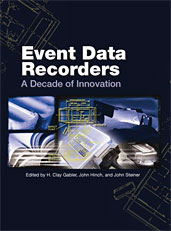Technical Paper
Medium Duty North American Delivery Van Frontal Barrier Crash Test Data for Crash Reconstruction
2015-04-14
2015-01-1420
Traditional accident reconstruction analysis methodologies include the study of the crush-energy relationship of vehicles. By analyzing the measured crush from a vehicle involved in a real world accident and comparing it to a test vehicle with a known energy, from a crash test, the real world vehicle's damage energy can be evaluated. In addition, the change-in-velocity (Delta-V) can be calculated. The largest source of publicly available crash tests is from the National Highway Traffic Safety Administration (NHTSA). NHTSA conducts numerous Federal Motor Vehicle Safety Standard (FMVSS) compliance and New Car Assessment Program (NCAP) testing for many passenger vehicles for sale in the United States.

